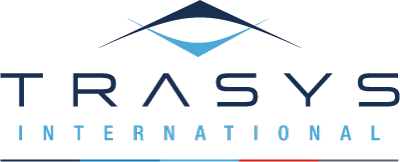System Integration
Pressure from customers and ICT users is increasing in all sectors of industry. Users are demanding new solutions. They often want to use very specific SaaS applications that fit their needs or requirements. And they will do so, with or without your help. This is the so-called Shadow-IT phenomenon: IT solutions are being used in your company without the IT department knowing about it. In reality, businesses and organisations seek solutions that make their processes and their work easier. Moreover, organisations take on board new applications to cope with their complexity, high maintenance costs, lack of flexibility of existing/legacy environments or even legal requirements. Unfortunately such solutions are often isolated, and thus lose part of their value. It is precisely the role of the CIO and his IT department to ensure that data is not multiplied unnecessarily or stored in too many places at once.
Partner in your projects and your business
Advantages of system integration
Integration will help you reduce operational expenditure or development costs by capitalising on the different data sources, whether internal or external. It will help you improve your knowledge of the end users. Integration will speed up a whole range of processes, such as sales cycles, it will facilitate the roll-out of new channels (mobile, social media, partnerships, etc.), and make operational processes, recruitment, etc. more fluid.
Expertise with international companies
Trasys International has expertise with the EU Institutions & Agencies and the National Authorities and International Public and Corporate Organisations. It has profound knowledge of on-site, cloud and hybrid-cloud solutions for all trades (marketing, sales, HR, accounting, etc.). This makes Trasys International your ideal partner for system integration.
We have more than 10 years’ experience in implementing service-oriented architecture (SOA) and have expertise in multiple open data sources.
Our offer
We are able to integrate all types of systems:
- Off-the-shelf solutions (HR and accounting packages, etc.) in existing environments
- Digital channels (mobile, social media, emailing, extranet, etc.)
- External data: public (open data), generic or vertical (particular to one industry)
- Putting in place an integration platform (ESB/Enterprise Service Bus)

